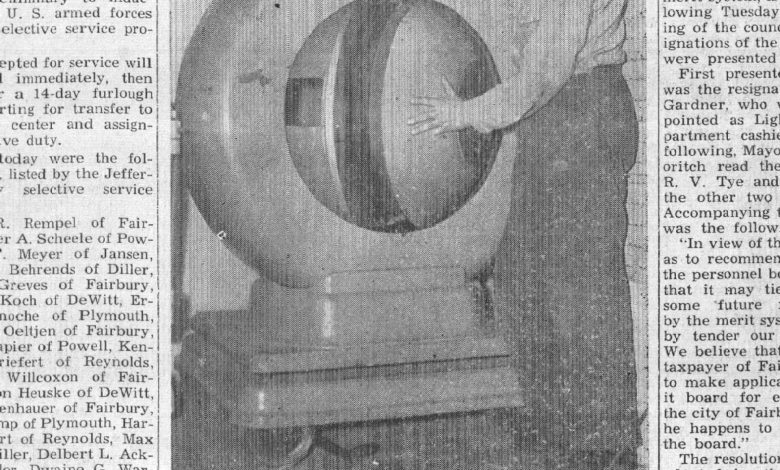Looking Back
World War II’s “Second Front”


By Gordon HopkinsSome citizens are looking to resurrect a long vanished item from Fairbury City Park in downtown Fairbury: a cannon once used in the Spanish-American War.The idea came from Mickey Suey of the Fairbury Museum Board, who presented it to the Fairbury Public Works Committee at a meeting on Tuesday, August 15, 2023, “We …
Please login to view this content.